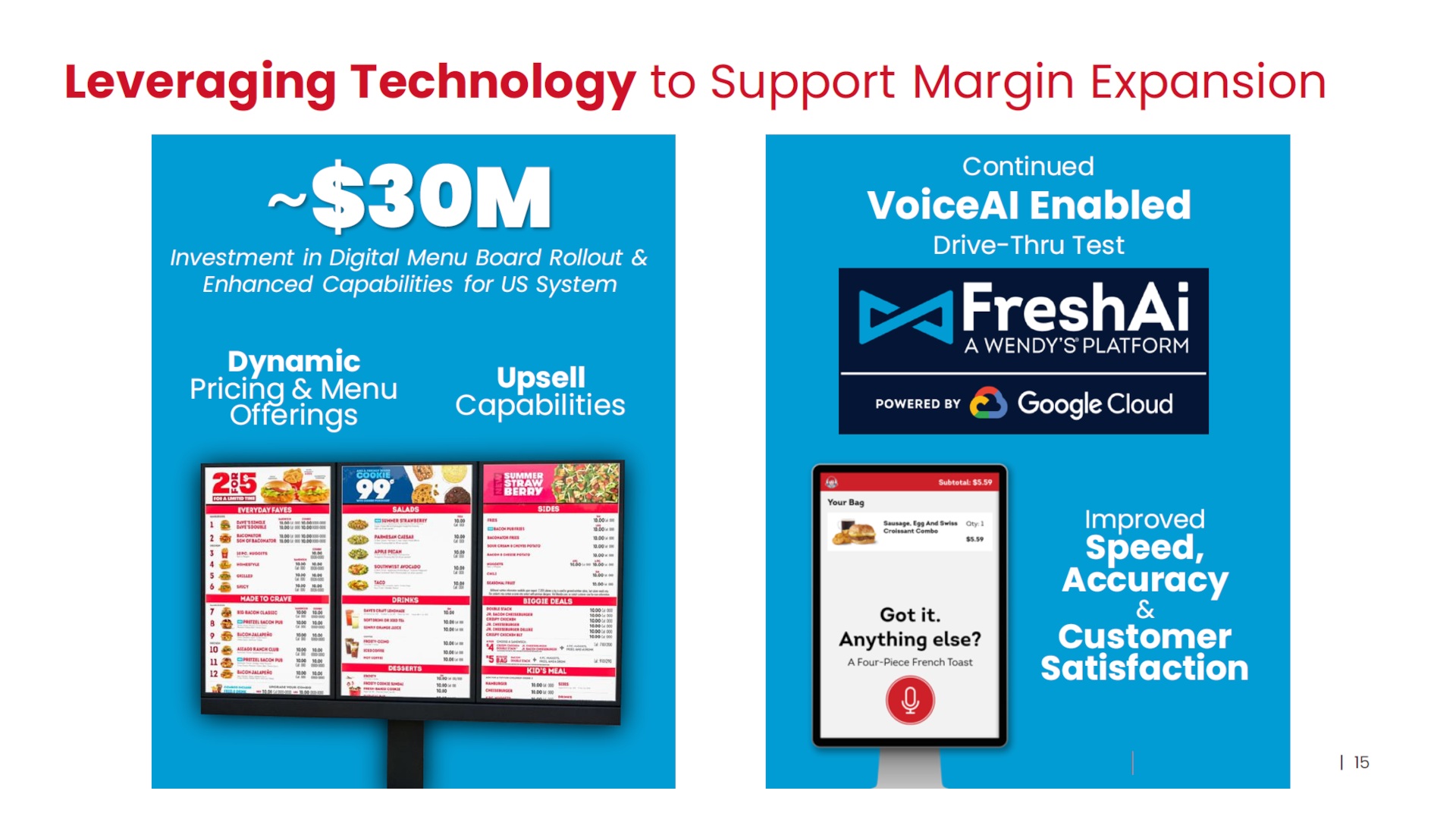Consumers have become somewhat accustomed to constantly changing prices at Amazon and surge-pricing at Uber. But dynamic pricing is still unpopular – not only in Europe but also in North America. QSR chain Wendy's became center of a shit storm after the announcement that it would be switching to dynamic pricing as part of a 30 million US Dollar digital signage menu board upgrade.

QSR: Dynamic Pricing after USD 30m Menu Board Rollout
QSR digital signage has become business-critical – without digital order terminals and dynamic displays above the order counter and in the drive-thru, fast food restaurants can hardly be operated profitably. The content – a combination of advertised products and prices – is dynamically adjusted throughout the day.
And screen-based animated product presentations also attract increased attention. In short: digital signage has proven its worth as a tool for up-selling and efficient work flows. It is therefore not surprising that the US chain Wendy’s is now investing USD 30m for rolling out a modern digital menu board system.
QSR Chains Have Caught the Fancy
Wendy’s management was surprised by the social media shitstorm that hit the company in recent days since the burger roaster announced that it would adjust its prices to demand depending on the time of day. Dynamic prices lead to reduced prices in times of low demand, but can be and most often are increased at lunchtime or other times of high demand.
Welcome to the world of dynamic pricing – gas stations change their prices dozens of times a day. Uber also adjusts its prices depending on the time and, in particular, demand – keyword surge pricing. Constantly changing prices have long been standard in e-commerce. Depending on the day of the week and time, prices can double or fall by half.
Consumers have accepted dynamic pricing and have learned to benefit from it even in times of weaker demand. But when you feel hungry, the fun seems to stop. Higher prices at lunchtime, when your body calls for something edible, seems to have crossed a line. In any case, media outlets like USA Today report that Wendy’s claimed to have never intended to raise prices during lunchtime and that the price dynamics will only be used downwards. The restaurant chain just wanted to give restaurant operators more flexibility. We will see.
Digital Success Story
Regardless of how Wendy’s executes future pricing, digital signage in QSR is a success story. Digital touchscreens ensure higher average orders, offer multi-language service, and speed up the preparation process. Digital menu boards enable modern storytelling, stock-optimized and managed product offerings and dynamic packaging.
App Complementing Digital Signage
In addition to USD 30 million for digital signage, Wendy’s is also investing USD 15 million this year to expand its app offering. In 2024, Wendy’s already plans to generate USD 2 billion in app sales. Wendy’s currently generates 14.5 percent of sales via mobile.
